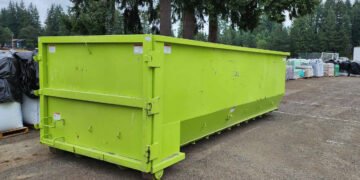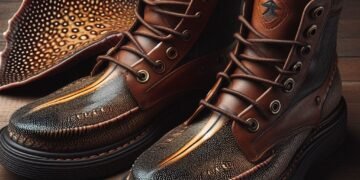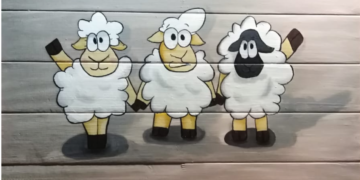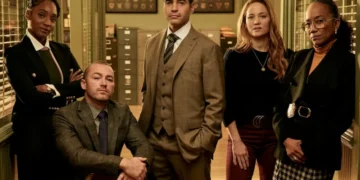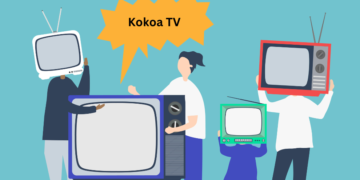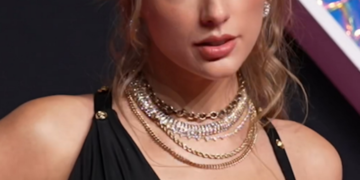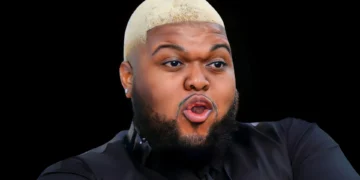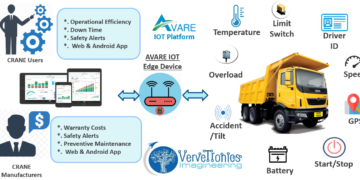Did you know varicose affects almost 35% of people in the United States alone? Many people suffer from this painful condition but don’t know how to treat varicose veins.
Varicose veins can cause a lot of pain, cramping, and itching, but nowadays, treatments are available. Don’t suffer from varicose vein pain in silence.
If you’re wondering how to care for your varicose veins, then you’re in the right place. Keep reading this guide to learn everything you need to know about treating varicose veins!
What Are Varicose Veins?
Varicose veins are veins that become twisted and enlarged and most commonly occur in your legs. The pressure of standing and walking drives up the pressure in the veins of your legs and other areas of your lower body.
Many people have a mild variation of varicose veins called spider veins. Spider veins don’t cause symptoms, though many people remove them for cosmetic purposes. But varicose veins can sometimes lead to severe pain and health complications if left untreated.
Varicose Vein Symptoms
Varicose veins don’t always cause pain, especially when they’re mild. But you may notice veins that appear to be bulging from your legs and are dark blue or purple. When varicose veins get worse, painful symptoms appear, such as:
- An aching and heaviness to your legs
- Burning and throbbing
- Muscle cramping
- Itching
- Skin discoloration
Complications of varicose veins can include bleeding, ulcers on your skin, and blood clots. Make an appointment to see your doctor if you have painful symptoms that impact your life. Your doctor can evaluate your symptoms and order a venous insufficiency test to assess if you have sufficient blood flow in your veins.
How to Treat Varicose Veins
Some treatments can bring relief to your swollen veins. Simple lifestyle changes like exercise and avoiding long periods of standing can reduce your varicose vein pain.
Moving and elevating your legs is the best varicose vein exercise you can do, and it’s easy to do in the comfort of your own home. Other lifestyle changes you can make include:
- Avoid wearing high heels
- Don’t wear tight clothes
- Exercises like swimming or biking
- Take breaks every 30 minutes if you’re standing for long periods
You can also find varicose vein relief by wearing compression stockings during the day. Compression stockings squeeze your legs and help the muscles and veins move more quickly. You can usually find compression stockings at your local pharmacy or medical supply store.
Other treatments for varicose veins include laser treatments. Laser treatments for varicose veins work by sending bursts of light into the vein, which causes the veins to fade and disappear over time. For more severe cases, surgery may be required to remove the veins through small incisions made in your leg.
You can also talk to your doctor about alternative therapies like grape seed or horse chestnut can reduce inflammation. Eating foods high in potassium and decreasing your salt intake can reduce water retention and swelling. Foods you can try include:
- Potatoes
- Lentil
- Almonds
- Green leafy vegetables
- Fish like salmon or tuna
Freedom From Varicose Veins
Knowing how to treat varicose veins can change your life. See your doctor today, and don’t suffer from untreated varicose veins any longer! Remember incorporating just a few changes in your lifestyle can make the most significant difference in your overall health.
If you enjoyed this guide, check out our blog to learn more health, lifestyle, and business tips that will improve your life today!
Read Also : What You Should Know Before Moving to Australia



